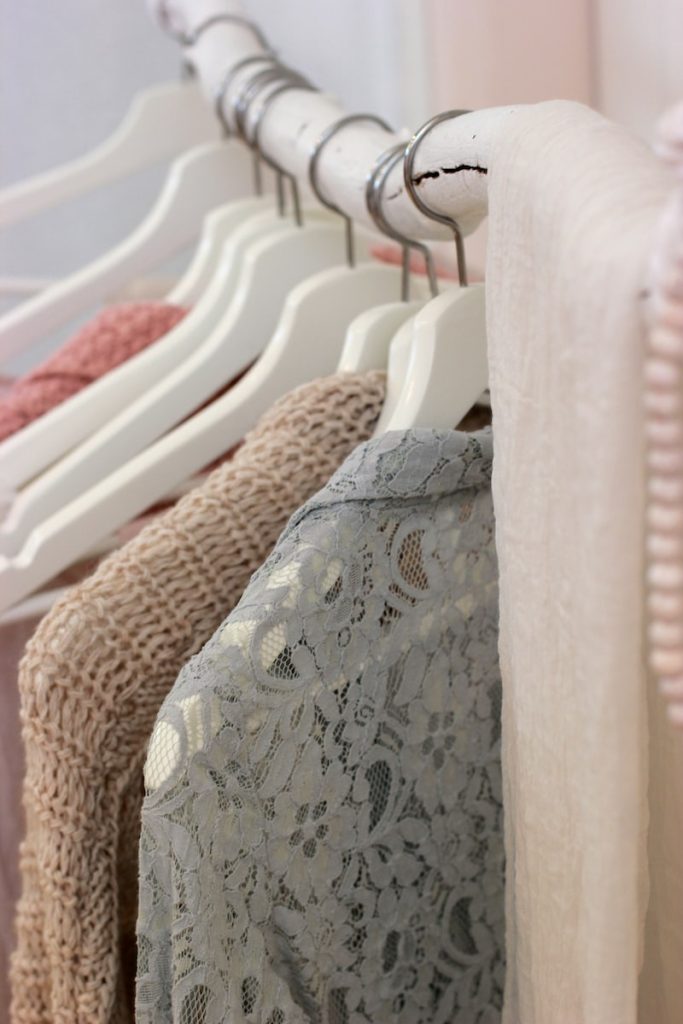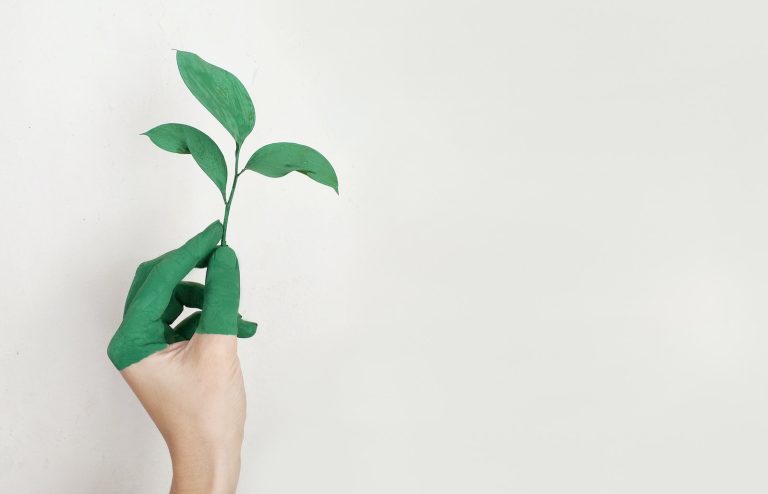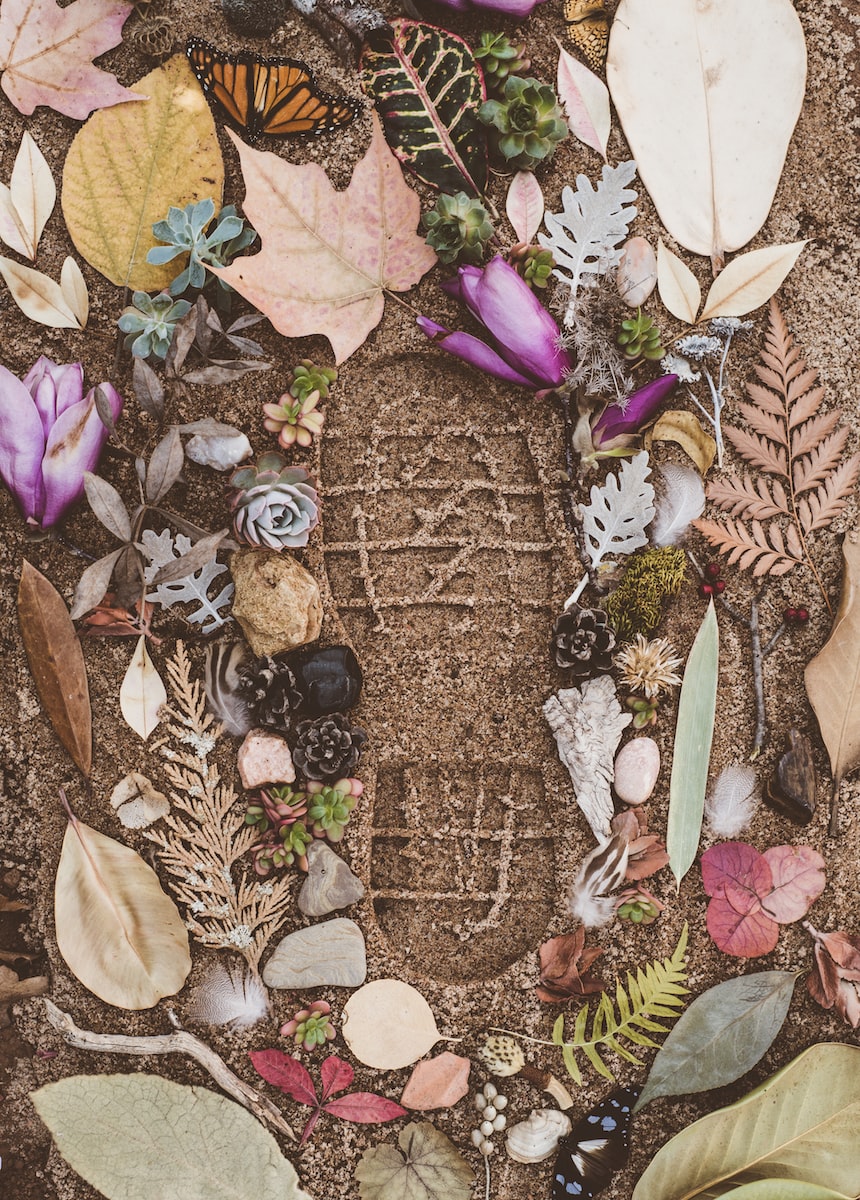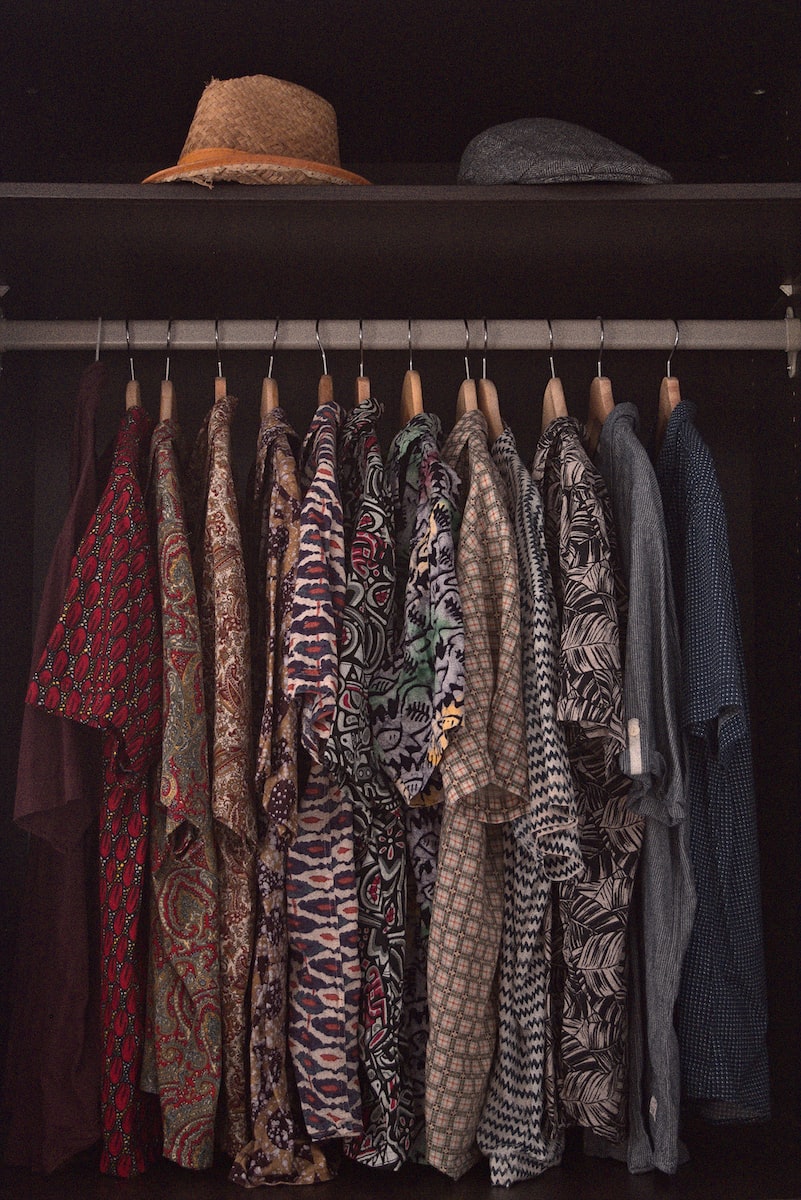Choosing quality garments is always a good idea, although they still require proper love and care to last longer. In this post, we will show you how to take care of your clothes properly so they last longer.
Pay Attention to the Care Labels
The easiest way to know if something is going to destroy your clothing is to read the instructions. Clothes almost always come with instructions. Manufactured clothing is required to have a care label added inside of the garment. It is very important to read the fabric care label. Check your clothing labels before choosing a washing method, because different types of fabrics require different water temperatures or spin speeds. The label on each piece of clothing will tell you exactly what you need to know regarding washing and drying. For example, if the wash care label suggests a cold-water wash or dry clean only, it is essential to follow those instructions. Doing so helps preserve them for longer.
If you find that care labels are itchy and uncomfortable and you would like to cut them off, take a picture of the care instructions before doing so. This way, you have the instructions for future reference.
Sort Laundry
When you wash your clothes in a machine, they mix as they move around. Sorting your laundry to protect your clothes is very important in order to avoid color mixing or metal zippers getting caught. If you don’t sort your laundry, it could damage the delicate items you want to protect.
Divide The Clothes into Bags
Putting delicate garments into mesh bags adds that extra layer of protection. It also avoids the need to do multiple laundry loads, saving both water and time.

Do Not Overload Your Washing Machine
Excess garments can limit space to move around in the wash. Also, the detergent will not get washed away effectively. As a result, your garments may come out of the wash untidy, and with detergent residue.
Empty the Pockets
Remember to check your pockets before washing your clothes in order to get rid of tissues or other items which can ruin pockets and make a mess of your laundry.
Close Zippers Before Washing
This will prevent snagging and breakages. It’s also better to loosely tie strings to avoid knots.
Over Washing
Over-washing happens more easily and more quickly when you machine-wash your clothes. Every time that you wash and dry your clothes, little bits of fabric come off, causing high friction areas like armpits and groin areas to wear out very quickly. Therefore, try to wash your clothes as infrequently as possible to preserve their quality. Instead, spot clean stains rather than washing the entire piece of clothing.
Pre-treat Stains
If you do happen to get stains, you can get rid of them as soon as possible with a DIY concoction of vinegar and baking soda. The longer you leave the stain, the harder it is to remove. Apply this solution to the stains and rub it gently using your fingers. Let it rest for 7-10 minutes and rinse under cold water. After putting the stain remover, toss it in the washing machine.
Wash Clothes Inside Out
Garments like denim or jackets should be turned inside out to keep their colour from fading. It is also important to wash them separately. These items, when washed with others, can cause abrasion inside the machine and damage other materials.
Use Cold Water to Wash
While washing your clothes, use cold water. Hot water typically diminishes the colour of your garments, while cold water helps keep it intact. Cold water also helps to prevent the fabric from shrinking.
Air Dry Your Clothes
Some clothes will last longer and look better if you can avoid the washing machine and dryer altogether. The heat of the dryer can sometimes reduce the elasticity of garments. If possible, lay your garment flat on a drying rack every now and then. It prevents shrinking and can help maintain the shape of certain fabrics.
Air drying them also reduces the need to iron them. After taking your laundry out of the washing machine, it is often all bunched up. You need to shake out the clothes first and then get them into the shape you want to wear them in. This way, you will minimize the look of wrinkles. In addition to keeping your garments looking great, you can also save energy.

Iron with Care
For clothes that have embellishments, use a steam iron to avoid damaging them. Check the wash care label on the garment to understand if the garment can be ironed at home and at what temperature.
Store Your Clothes Properly
Storing your garments properly helps keep them in good condition. A humid environment can promote mold to grow. So once in a while, keep the doors of your closet open to allow air circulation. Also, after washing your garments, make sure they are completely dry before putting them away. It is best to store them in a clean, dry, and cool environment that has no contact with direct sunlight to keep them in good condition. This way, you can give your clothes some breathing space to prevent wrinkling and fading that would otherwise reduce their lifespan.
Organize Correctly
When it comes to heavy garments such as sweaters, rolling and storing them on a shelf is a good option. Hanging them can stretch the fabric significantly and make them lose their shape. For clothes with more durable fabrics, hanging them in your closet can help retain their shape and keep them wrinkle-free. Opt for wooden hangers over plastic ones, as the latter can stretch out the shoulders and necklines.
Learn to Mend
A loose thread or a missing button can be easily fixed; knowing how to fix them can make a noticeable difference to your wallet and the lifespan of your garment. Watch Youtube tutorials that teach you how to mend your clothes. Learning how to repair your own clothes is very satisfying and rewarding. Though if you are unsure of how to do so or are faced with more challenging repairs, you can always go to a trustworthy tailor.
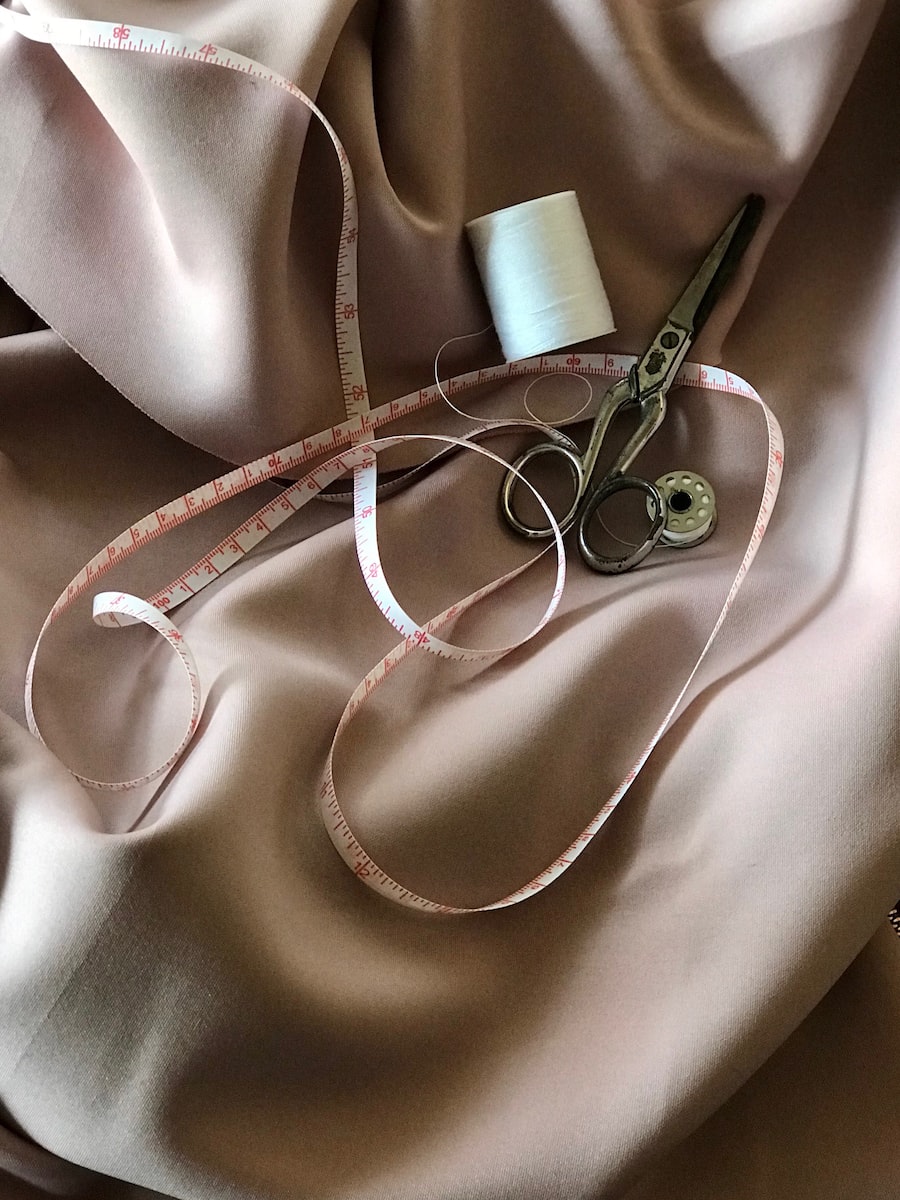
Use A Pilling Brush or Comb
Over time, small balls of fiber can appear on the surface of your garments. The solution is simple: use a pilling brush or comb to leave your clothing looking as good as the first day you wore it.
Give your Old Clothes New Life
To get as much life out of your clothes as possible, you need to treat them with care. Try to look at them from a whole new perspective by styling them in new ways. For example, you can try incorporating them with different pieces or accessories that you haven’t previously worn. Just by doing this, you can feel like you have expanded your wardrobe by creating new outfits with the items that you already own.
For more tips and tricks on how to live your life a more sustainable life, check out our magazine.
